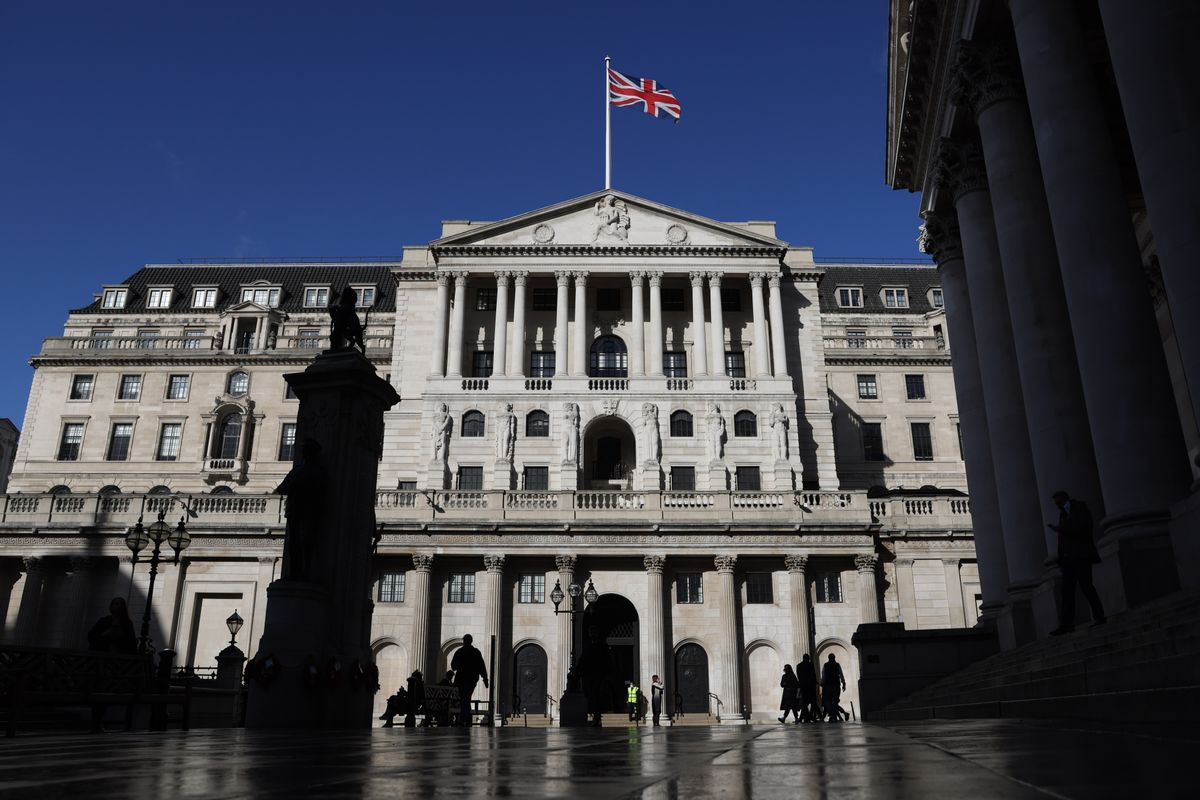CBDC: Bank of England to Test Digital Currencies and DLT Integration
30.07.2024 22:00 1 min. read Alexander Stefanov
England's central bank is set to launch a new series of tests involving distributed ledger technology (DLT) and wholesale central bank digital currencies (wCBDC).
These initiatives aim to explore the evolving landscape of payments and assess the implications of new financial technologies.
As cryptocurrencies and their underlying technologies gain traction, central banks globally are investigating how to integrate these innovations.
The Bank of England is involved in Project Agora, a BIS-led initiative examining the exchange of tokenized bank deposits and central bank money across different currencies.
Governor Andrew Bailey highlighted the need for the Bank to adapt alongside technological advances to ensure monetary and financial stability.
The experiments will focus on asset transfers between platforms, including those using DLT, while ensuring compatibility with the bank’s Real Time Gross Settlement system.
Additionally, the Bank of England plans to collaborate with the Treasury and financial regulators to maintain the consistency of different forms of money, including stablecoins and tokenized deposits, ensuring they remain interchangeable.
-
1
Microsoft Brings Blockchain Data to Its AI Platform via Space and Time
21.05.2025 11:00 1 min. read -
2
Chainlink Dominates RWA Innovation While Competitors Lag Behind
25.05.2025 9:00 1 min. read -
3
FIFA Teams Up with Avalanche to Launch Its Own Blockchain
23.05.2025 9:00 1 min. read -
4
Guatemala’s Largest Bank Quietly Brings Blockchain to Everyday Banking
23.05.2025 18:00 1 min. read -
5
Internet Computer Pitches a New Standard for Cross-Chain Security
23.05.2025 14:00 1 min. read
Tether-Backed Blockchain Aims to Serve Financial Giants
A new blockchain initiative backed by the forces behind Tether and Bitfinex is taking shape—one that’s turning its focus away from retail crypto users and setting its sights firmly on institutional finance.
Uber Considers Stablecoins to Cut Global Payment Costs
Uber is exploring stablecoins as a way to reduce international payment expenses, according to CEO Dara Khosrowshahi.
Ripple CTO Outlines Broader Vision for XRPL Beyond Payments
Ripple’s David Schwartz has offered fresh insight into the evolving role of the XRP Ledger, signaling a shift from simple crypto transactions toward building a full-spectrum financial infrastructure.
Tether Rolls Out Cross-Chain Gold Token on TON
Tether is deepening its involvement in the tokenized gold space by introducing a new version of its gold-backed stablecoin—XAUt0—on The Open Network (TON).
-
1
Microsoft Brings Blockchain Data to Its AI Platform via Space and Time
21.05.2025 11:00 1 min. read -
2
Chainlink Dominates RWA Innovation While Competitors Lag Behind
25.05.2025 9:00 1 min. read -
3
FIFA Teams Up with Avalanche to Launch Its Own Blockchain
23.05.2025 9:00 1 min. read -
4
Guatemala’s Largest Bank Quietly Brings Blockchain to Everyday Banking
23.05.2025 18:00 1 min. read -
5
Internet Computer Pitches a New Standard for Cross-Chain Security
23.05.2025 14:00 1 min. read


